Virtual Reality in Modern Education: Revolutionizing the Way We Learn
With the advancement in technology, many industries are exploring new horizons of work operations and service delivery. One such innovation is Virtual Reality (VR), which is now recognized as a significant tool in various domains including education.
The Impact of Virtual Reality on Modern Education
VR creates a computer-generated environment which can be explored and interacted with by an individual. The use of VR in education has been steadily growing, changing the educational landscape. Virtual reality expedites teaching and learning processes by providing immersive, interactive, and contextual learning environments.
Advantages and Benefits of VR in Education
VR has numerous advantages for both educators and students. It has the potential to help students grasp complex concepts better by immersing them directly in their learning. It also enhances students' engagement and motivation, thus making learning enjoyable.
For educators, VR offers an effective way to illustrate complex processes and abstract concepts that are often difficult to visualise or explain. Given the high level of interactivity, students are more likely to remember what they've learnt, thereby improving retention and recall.
Changes Brought on by VR in Traditional Learning Environments
By integrating VR, traditional classrooms transform into progressive learning environments. Instead of passively receiving information, students can now actively engage and interact with their learning, thus moving from rote learning to experiential learning.
Real-World Examples of VR in Classrooms
VR has already been successfully incorporated in many classrooms. Notable examples include Google's Expedition program that allows students to embark on VR field trips, or the use of VR in medical training where students can perform virtually-guided surgeries.
Potential Future Applications of VR in Education
As VR technology continues to evolve, its future in education looks promising. Applications may extend to remote learning, where students can attend a virtual classroom from their homes, or students could experience historic events first-hand, improving their understanding and retention of historical facts.
Potential Challenges and Limitations
Despite its vast benefits, there are challenges and limitations to implementing VR in education. These can include the high cost of VR equipment, which could widen the technology gap between schools with different funding abilities, or the lack of VR content for certain subjects. Health concerns related to prolonged use of VR headsets might also pose limitations.
Nevertheless, with ongoing research and development in this field, we can look forward to more sophisticated and accessible versions of VR that can further enhance the educational experience for both learners and educators.
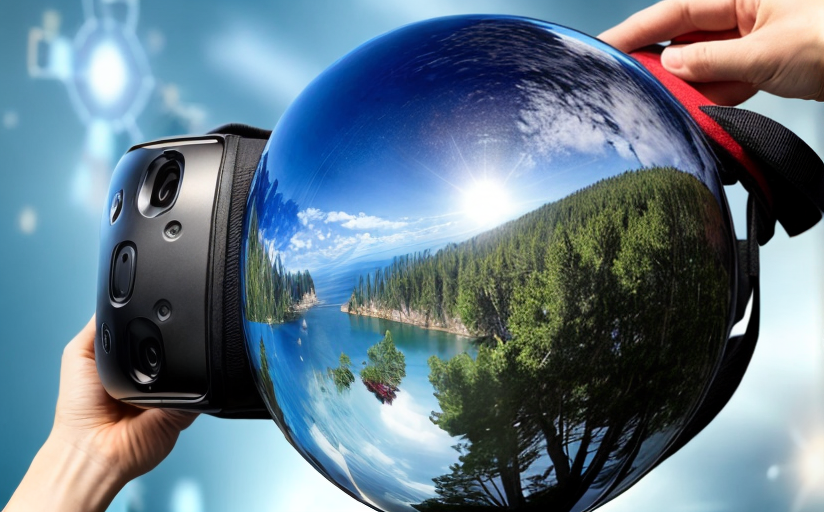
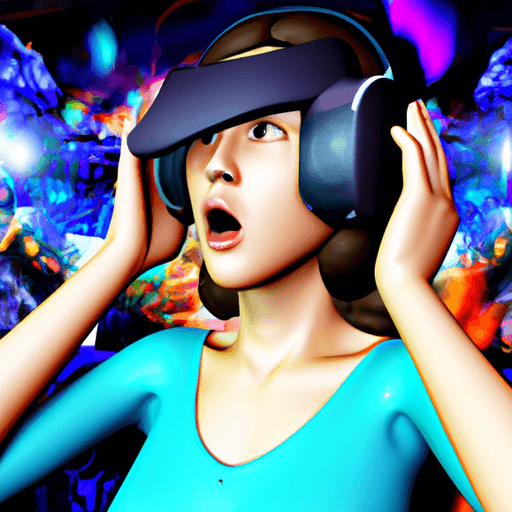
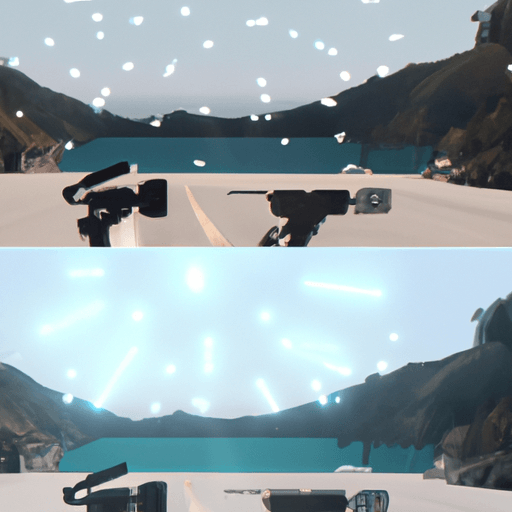
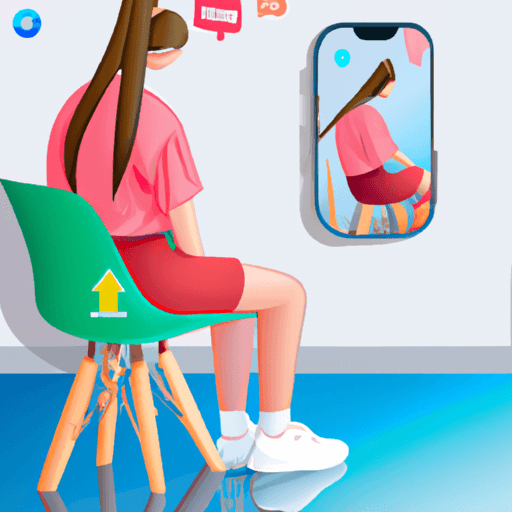
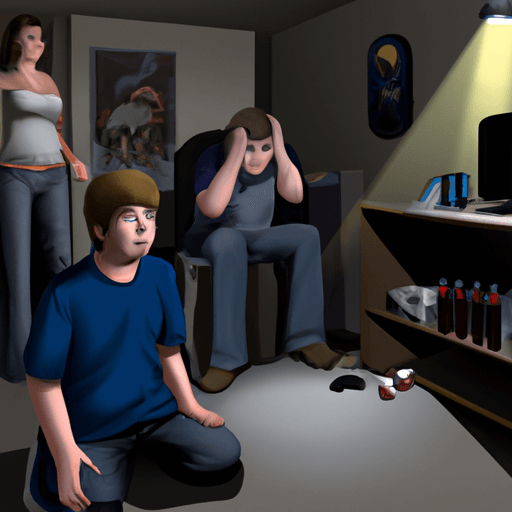
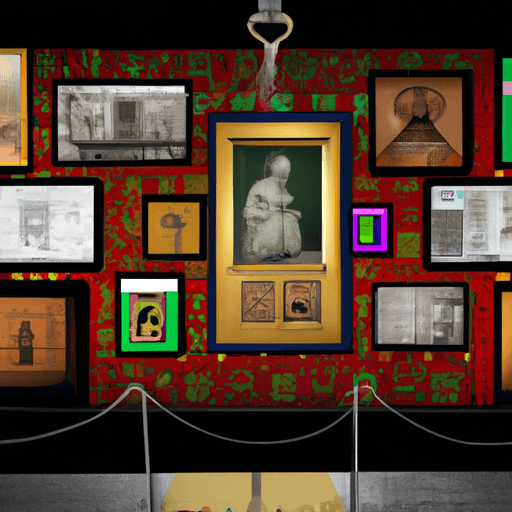

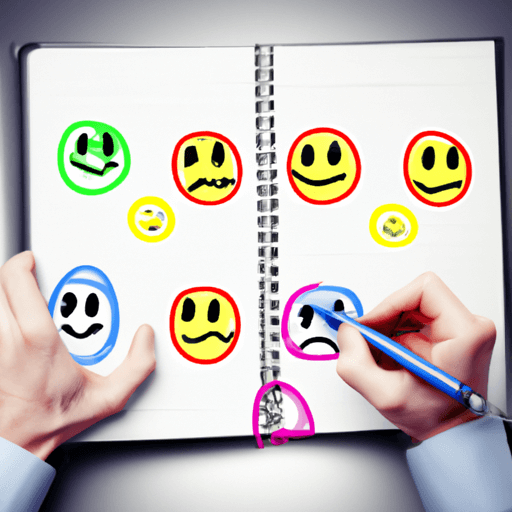
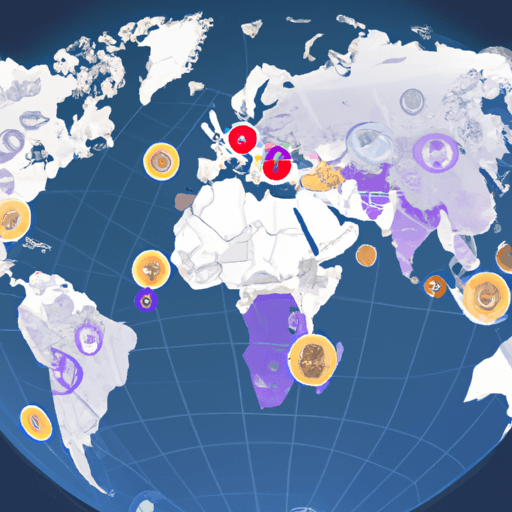



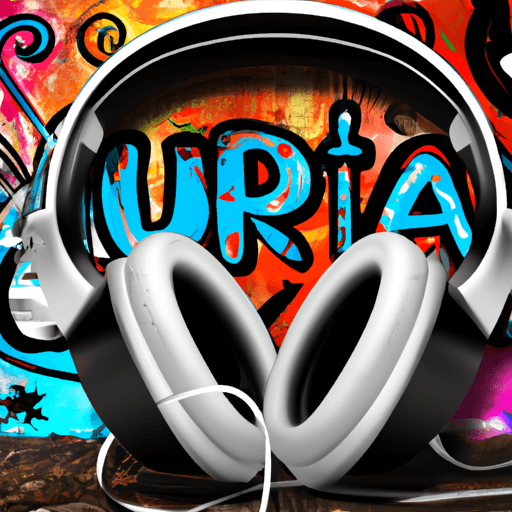

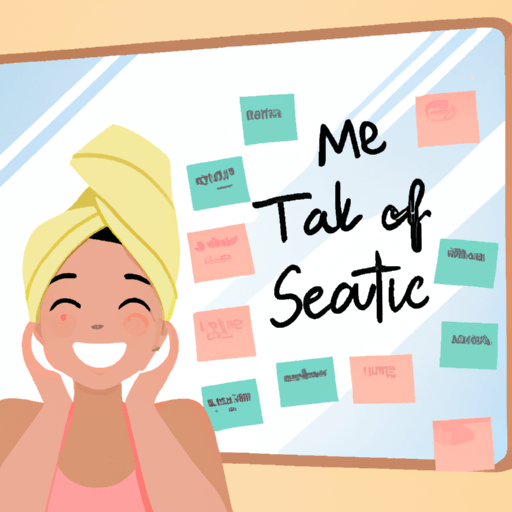


Comments
Leave a Comment